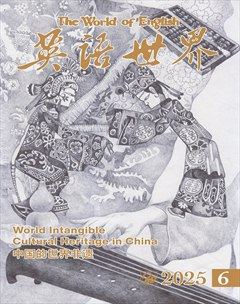The guqin, or qin, is a seven-stringed classical musical instrument that is a relative of the zither family and has a history in China of about 5,000 years.
“古琴”,又称“琴”,是中国一种七弦古典弹拨乐器,距今约有5000年历史。
Scholars and sages considered the qin as the singular instrument that captures the essence of traditional Chinese culture.
学者圣贤将其视为唯一能承载中国传统文化精髓的乐器。
The qin, along with calligraphy, chess, and painting, were considered the four must-have skills for literati, intellectuals, and cultured people in ancient China to cultivate their inner selves.
琴、棋、书、画在中国古代并称文人雅士修身养性的必备四艺。
The guqin is usually about four feet in length, with a head, neck, shoulders, and waist, and a tail that resembles that of a phoenix. The curved surface board represents Heaven, while the flat underside represents the Earth.
古琴通常长约四尺,有头、颈、肩、腰,尾部形似凤凰尾羽。琴面呈弧形,象征天,琴底为扁平,寓意地。
Traditionally, this instrument had five strings made of silk, which represented the five elements of metal, wood, water, fire, and earth. The extra two strings are a more modern addition and were added about 1,000 B.C. Also, the strings are now usually made of steel.
古琴最初只有五根丝制琴弦,分别代表金、木、水、火、土五行。公元前1000年左右,增补了两根琴弦,且现今琴弦多为钢丝。
The guqin is one of the most complicated instruments
古琴堪称最为复杂的乐器之一
With more than 1,000 different finger techniques, the guqin is one of the most complicated instruments in the world to learn and requires great dedication to master.
古琴弹奏指法多达1000多种,堪称世界最难掌握的乐器之一,需要潜心练习才能精通。
The hands are used in plucking, picking, sliding, pushing, and vibrating the strings to produce a variety of sounds, from flowing water to loud and bright tones.
通过拨弦、挑弦、滑弦、推弦、揉弦,指间便可发出流水淙淙、洪亮明快等万千音色。





